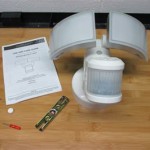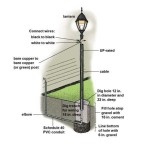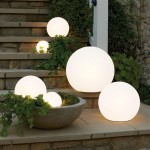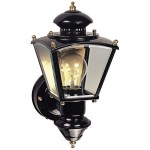Outdoor Lighting for Photography: Essential Aspects to Capture Stunning Shots
Outdoor lighting plays a crucial role in photography, affecting the mood, atmosphere, and overall impact of your images. Understanding the nuances of natural light can help you harness its power to enhance your compositions and create captivating scenes.
Golden Hour and Blue Hour: Nature's Magic Moments
The golden hour, just after sunrise or before sunset, offers warm, diffused light that creates a flattering glow on subjects. Blue hour, which occurs shortly after sunset and before sunrise, bathes the scene in a cool, ethereal light, perfect for capturing atmospheric landscapes.
Direction and Quality of Light
The direction of light can significantly alter your images. Front lighting illuminates subjects directly, creating even illumination but lacking depth or shadows. Side lighting highlights textures and contours, adding dimension and drama to your shots. Backlighting silhouettes subjects, separating them from the background and creating a visually striking effect.
Diffused vs. Harsh Light
Diffused light, such as from an overcast sky or under shade, results in soft, even illumination that minimizes harsh shadows. Harsh light, such as direct sunlight during midday, creates high-contrast shadows that can be unflattering or distracting. Consider using a diffuser to soften the light and reduce harshness.
Types of Light Sources
Natural light is not always reliable, so artificial light sources can be invaluable. Flashguns provide a quick burst of light to brighten subjects or fill in shadows. LED panels offer continuous light, allowing you to adjust the intensity and color temperature to match the natural light conditions.
Understanding Shadows
Shadows are an essential element in creating depth and visual interest. Soft, diffused shadows add depth and shape to your subjects, while harsh, contrasting shadows can create a dramatic or mysterious mood. Pay attention to the direction and shape of shadows to enhance the overall composition.
Balancing Light for Composition
Striking a balance between light and dark areas in your images is crucial. Use a combination of lighting techniques to create harmony and draw attention to key elements. Overexposed areas can lose detail, while underexposed areas can appear murky or dull. Experiment with different lighting conditions and exposure settings to achieve the desired balance.
Conclusion
Mastering outdoor lighting is an art that takes time and practice. By understanding the essential aspects outlined above, you can effectively utilize natural and artificial light sources to capture stunning, captivating images that evoke the beauty and atmosphere of your surroundings.

The Best Lighting For Outdoor Photography Focus

Pin By David Casimer On Photography Ideas Lighting Setup Portrait Studio

The Best Lighting For Outdoor Photography Focus

Help The Sun Using Artificial Light In Outdoor Photography Learn By Zoner Photo Studio

Complete Guide To Outdoor Light In Photography Photographer

How To Mix Ambient Light And Fill Flash For Outdoor Portraits

Allison Shelby Lighting Work Setup Dramatic Photography Photo Light

Tips For Great Outdoor Photography Results Naldz Graphics

Applying The 3 Light Studio Setup To Outdoor Portraits
Indoor Outdoor Lighting Setups Simple Diagrams For Learning Photography
Related Posts







